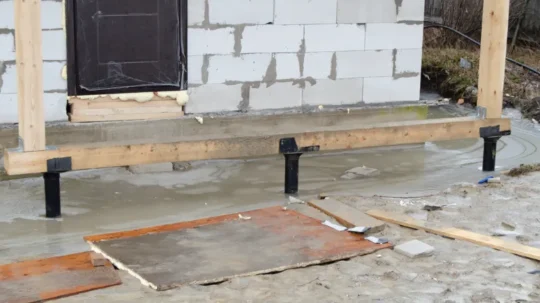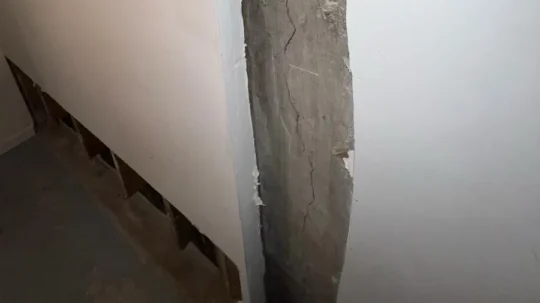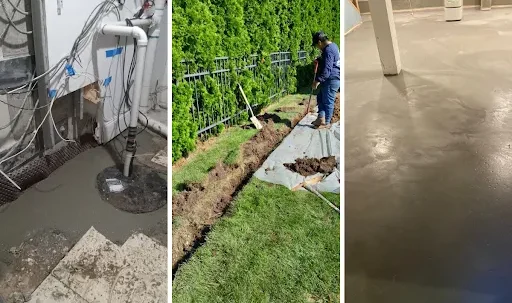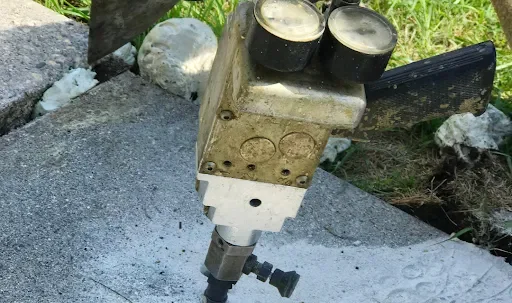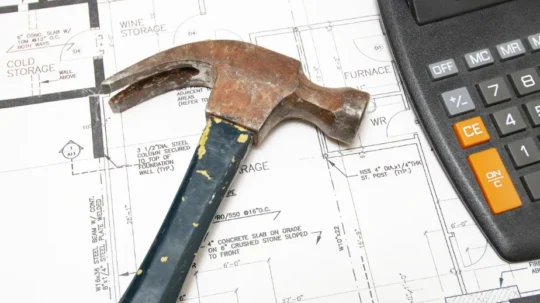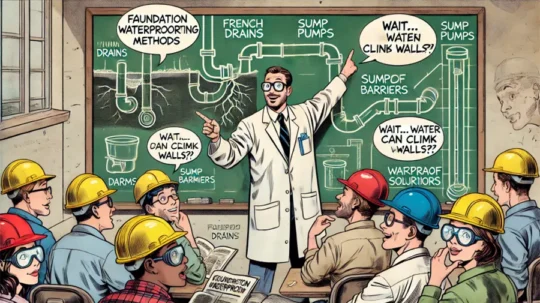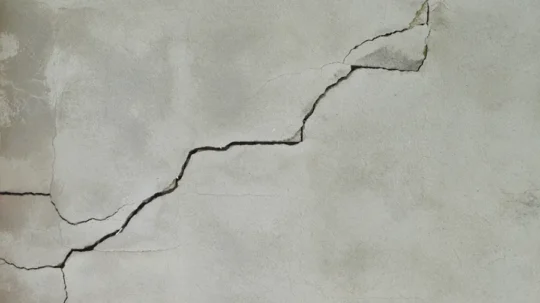What is Foundation Repair? Types and Techniques Explained
Foundation issues can be concerning for homeowners, especially those in areas prone to shifting soils, coastal erosion, or aging infrastructure like Long Island, Queens, and Brooklyn. This comprehensive guide will cover everything you need to know about foundation repair, from understanding the causes of foundation damage to exploring the different repair methods available like foundation crack repair. With a strong foundation, your home can stay secure for decades.
What is Foundation Repair?
Foundation repair is the process of stabilizing and restoring a home’s foundation to maintain structural integrity. Over time, foundations can suffer from various stresses like soil movement, moisture, or even poor construction practices. Repairing a foundation involves assessing the specific cause of damage and applying the appropriate repair techniques to ensure your home remains level and safe.
Why is Foundation Repair Important?
A strong foundation keeps your home stable, while a weak or damaged foundation can lead to structural issues, including cracked walls, misaligned doors and windows, and uneven floors. In places like Long Island and Queens, homes are particularly vulnerable to soil shifts and moisture from coastal conditions, which makes foundation repair a critical service for homeowners.
Signs You Might Need Foundation Repair
Before diving into the types and techniques, let’s look at the common signs that indicate foundation problems:
- Cracks in Walls and Floors: Horizontal and vertical foundation crack repair often signify foundation movement.
- Uneven or Sagging Floors: A telltale sign of foundation settlement is floors that slope or dip.
- Misaligned Doors and Windows: Doors and windows that jam or do not close properly can indicate shifting.
- Gaps Around Windows and Doors: Gaps in frames or separating trim can reveal foundation movement.
- Water Intrusion: Moisture in basements or crawl spaces often suggests poor drainage or foundation issues.
- Tree Roots Growing Under Foundation: Tree roots can make their way under the home, disrupting the foundation and causing cracks that lead to worse damage.
For homeowners in coastal areas or regions with variable soil types, these signs are especially important to watch out for. If you’re in Long Island or nearby boroughs, noticing these issues may warrant a foundation assessment.
Types of Foundation Repair Techniques
The type of structural foundation repair depends on the underlying cause and the extent of the damage. Here are some of the most common techniques used in the industry:
1. Concrete Slab Repair
Concrete slabs are a popular foundation choice, and repairs are typically necessary when the slab shifts or cracks due to soil movement.
- Slab Jacking (Mudjacking)
Slab jacking, also known as mudjacking, involves injecting a slurry beneath the slab to raise it back to its original position. This technique works well for minor settlement issues and can be a cost-effective option for homes in Long Island and Brooklyn. - Polyurethane Foam Injection
This method uses high-density polyurethane foam, which expands to fill voids under the slab, leveling the foundation and preventing further settlement. It’s quick and long-lasting, ideal for homeowners in urban areas like Queens where minimal disruption is essential.
2. Piering and Underpinning
When foundation settlement is severe, piering techniques are necessary. Underpinning is an advanced foundation support technique that involves stabilizing the structure by transferring the weight of the home to deeper, stable soil.
- Helical Piers
Helical piers are screwed deep into the ground to reach stable soil or bedrock. Underpinning with helical piers stabilizes homes in areas with soft soil. - Push Piers
Push piers use hydraulic pressure to push piers down to stable soil layers, ideal for heavy structures or multi-story buildings. - Steel Piers
Steel piers provide excellent long-term stability and are often used for homes on expansive soils, which are common in parts of Long Island.
3. Wall Anchors and Bracing
Wall anchors and bracing techniques are often applied when foundation walls are bowing or cracking due to lateral pressure from surrounding soil.
- Carbon Fiber Straps
For minor cracks, carbon fiber straps can stabilize basement walls without major intrusion. These are especially useful in confined urban settings like Brooklyn and Queens. - Steel I-Beams
I-beams are installed vertically along basement walls to counteract soil pressure, keeping the wall in place. This is ideal for homes with significant soil pressure issues.
4. Drainage Solutions and Waterproofing
Water is a common culprit behind foundation issues, particularly in areas prone to coastal flooding or heavy rains, like Long Island and Queens.
- French Drains
French drains help redirect water away from the foundation, reducing hydrostatic pressure and preventing water damage. - Exterior Waterproofing
This involves applying waterproof coatings to the foundation’s exterior, which can prevent water from penetrating the walls, especially for properties in flood-prone neighborhoods.
5. Crawl Space Repair
For homes with crawl space foundations, repair methods focus on preventing moisture buildup, which can lead to mold growth, wood rot, and structural instability.
- Crawl Space Encapsulation
This involves sealing the crawl space with a vapor barrier to keep moisture out, helping prevent foundation issues caused by damp conditions. - Crawl Space Jacks
These jacks are used to lift sagging floor joists, providing added support to the crawl space structure.
Choosing the Right Foundation Repair Method
Selecting the right repair method depends on a few key factors:
- Extent of Damage
Minor cracks may require only cosmetic repair, while major settlement or bowing walls need more intensive solutions. - Soil Type
The type of soil can affect foundation stability; for example, the clay-heavy soils common in parts of Queens and Long Island require specialized repair techniques like helical piers. - Climate Conditions
Areas with high rainfall or coastal exposure may need added waterproofing measures to counteract moisture intrusion.
How to Maintain Your Foundation Post-Repair
Regular maintenance can extend the life of your repaired foundation and keep it in great shape. Here are a few tips for homeowners in Long Island, Queens, and Brooklyn:
- Manage Drainage
Ensure gutters and downspouts direct water away from the foundation to prevent water accumulation. - Keep Plants at a Distance
Avoid planting trees or large shrubs close to your foundation, as their roots can cause soil shifts. - Monitor for New Cracks
Inspect your walls and floors for signs of new cracking, which may indicate settling.
Why Professional Foundation Repair Matters
Professional foundation repair is crucial because it ensures the right diagnosis and treatment method. In the unique environments of Long Island, Queens, and Brooklyn, local foundation specialists understand the regional soil and climate factors, ensuring the repair lasts for years.
What is Foundation Repair: Final Thoughts
Foundation repair is a vital investment for the long-term stability of your home. By understanding the different types and techniques available, you’re better prepared to tackle any foundation issues and maintain a strong, secure home. For residents in Long Island, Queens, and Brooklyn, these repair methods provide peace of mind, knowing your foundation can withstand environmental pressures unique to these areas. If you suspect any issues, consulting a foundation repair expert can help diagnose and address problems early.
Don’t Wait Until Minor Problems Turn into Major Headaches. Facing Foundation Issues in Long Island, Queens, or Brooklyn?
